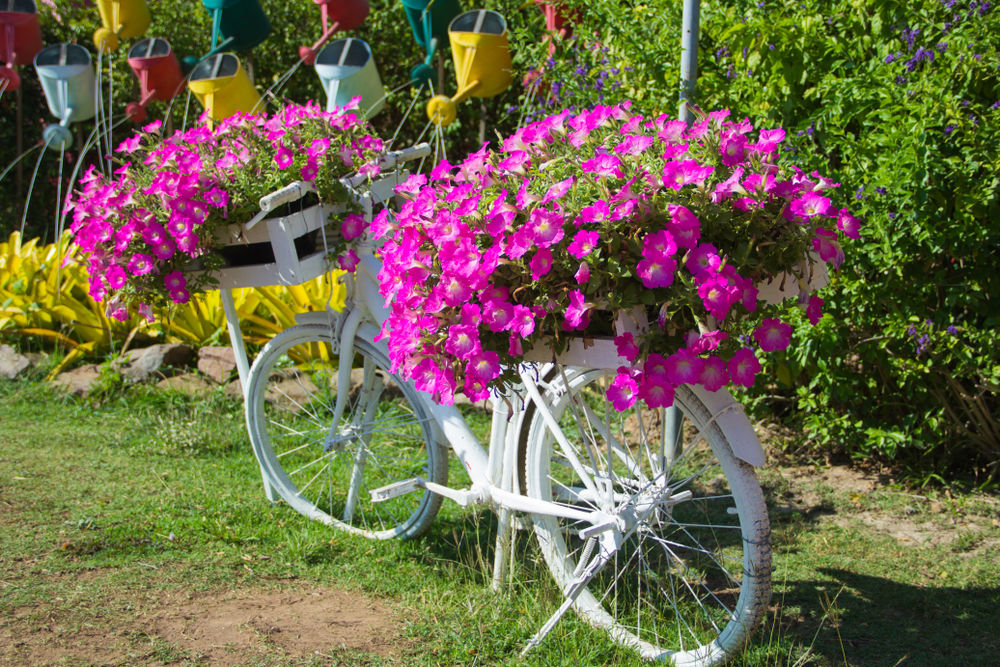Woo hoo! Winter’s here!

In northern climates, a break from the weather means the beginning of spring, but for us, it’s that first cold front. My personal comfort zone is no lower than 50 degrees at night and around 75-78 degrees during the day. I think we’d all agree that’s perfect, but the temperatures can fluctuate wildly from November to March around here.
Some cold fronts are mild (my favorite kind) and some are down right annoying with overcast skies, blowing wind and plummeting temperatures. Fortunately the bad ones don’t last that long, but it still makes me want to just hunker down for a few days till it’s over. (Okay, this is your cue to laugh hysterically if you’re one of our a northern transplants). It’s a time of year where we fumble around in closets trying to find the proper attire for the day, knowing that it might be 40 degrees when you leave the house in the morning, but warm up to 80 by afternoon. Oh, and the boots! We can finally wear our favorite boots again, the ones we put to bed in April. (Now where did I store those boots this time?)
PLANTS FEEL THE CHANGES TOO
Just as we have to adjust to the daily changing weather conditions, so do our plants and trees.
Although we don’t have as many deciduous trees as our northern counterparts, there are still a few around here. One of the first signs of fall is the dropping of tree leaves. Crape Myrtle leaves are typically the first to go followed by other common South Florida trees including Florida Red Maple, Gold Tabebuia, Floss Silk, Plumeria, Sycamore and Bald Cypress. The really nice thing about deciduous trees is they let much needed sunlight filter through the now open, loose canopy to reach the plants beneath them during the short, mild days of winter. I just love the naturally artistic, even architectural framework of trees that are able to show it off in the winter. Another reason to love trees!
But be aware of this when planting things that require full shade beneath a deciduous tree. It’s seems like a nice environment for them in the summer but they will be robbed of that sun protection in the winter. Although most moderate shade plants will survive some sun, even welcome it in the winter, don’t forget that it can still get to be 80 degrees on any given day.
What we lose in tree canopy is made up for in the wonderful color provided by blooming plants that thrive in Florida winters. This is our season folks!
BRING ON THE FLOWERS
Petunias, nasturtiums, impatiens, violas, begonias and lobelia along with a host of other annuals and perennials thrive in our winter sun. If you grew it up north as a summer annual, chances are it grows down here in the winter. I remember my mother “directing” as my father planted pots of perfect red geraniums with white alyssum on our front porch every May. So beautiful. That was summer in Alabama. Here, it’s in the cooler seasons of fall, winter and early spring that we have a much broader pallet of annuals and perennials to choose from. Annual bedding plants add so much color to what can be a dull winter landscape.
It’s not unusual for hibiscus, gardenia and other blooming landscape plants to drop more leaves in the winter than they do in the summer. Cooler temps and shorter days along with drier conditions are most likely to blame, and for many common plants, it’s normal. Indian Hawthorn and Ixora sometimes will look washed out and listless in winter. New growth is slow and limited making maintenance a breeze in winter but when we crave vibrant blooms and lush growth it can be very disappointing, so don’t be afraid of adding seasonal color.
There are long lived perennials that thrive and bloom best in the fall and winter. Mums! Chrysanthamums will last many years in containers but are happiest if planted in the ground protected from afternoon summer sun. Hands down, though, the most beautiful winter blooming plant in Florida has to be bougainvillea! Bougainvillea love the shorter, drier winter days. Although they bloom year round they are at their most glorious from October till around April with vibrant colors literally covering the entire plant.
Although azaleas can be tough to grow successfully in our typically alkaline soils, if you have done some advance soil prep and can give them shade from afternoon summer sun they will reward you with blooms of white, pink, lavender or coral in February and March.
Winter interest can also come from plants with colorful foliage. Crotons and copperleaf are great examples with so many varieties to choose from. Plants with variegated leaves like arbicola pair well with the pink and burgundy leaves of ti plants.
So here’s the gig: The winter landscape in Florida can be far from drab. Incorporating plants that love the cooler months will not only boost your mood but also that of your neighbors. Make sure to check out local garden centers to find the best selections and the most reliable advice.
Ali H. Johnston, MBA in Real Estate
West Villages Realty LLC
19503 S West Villages Pkwy
Stes A2 & A11 (by Appt)
Venice, Florida 34293
Office: 941-460-3179





No comments:
Post a Comment